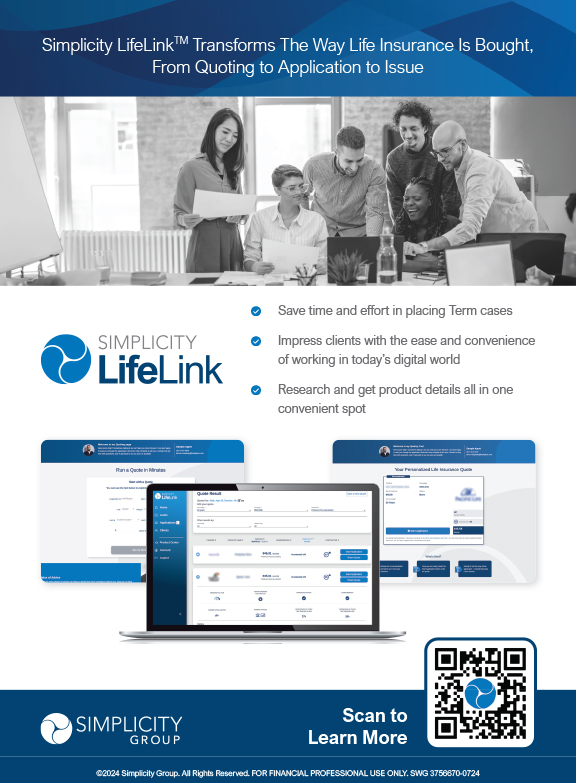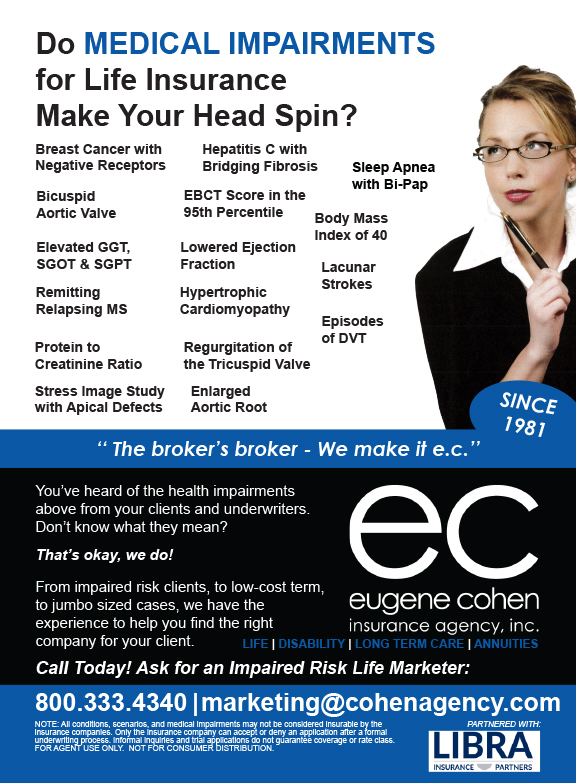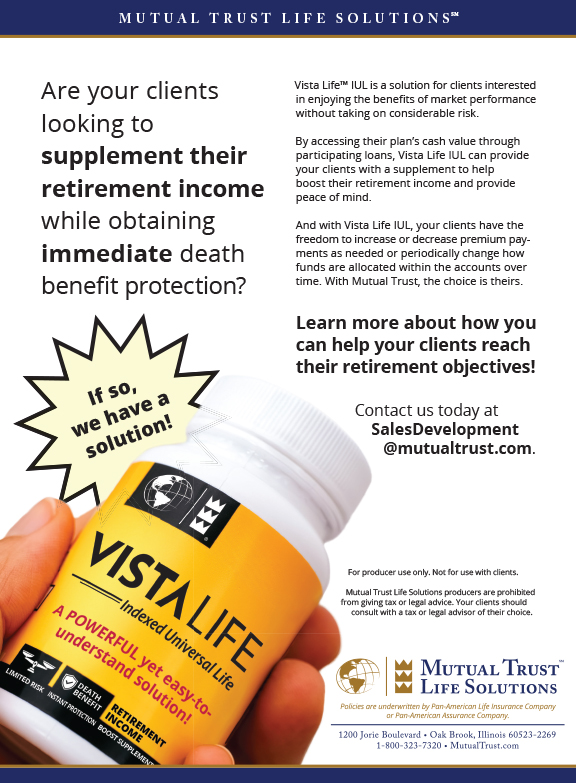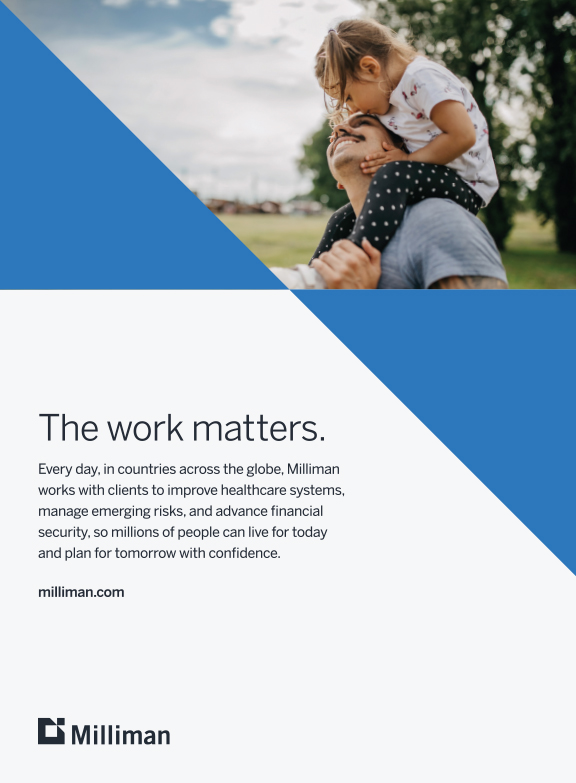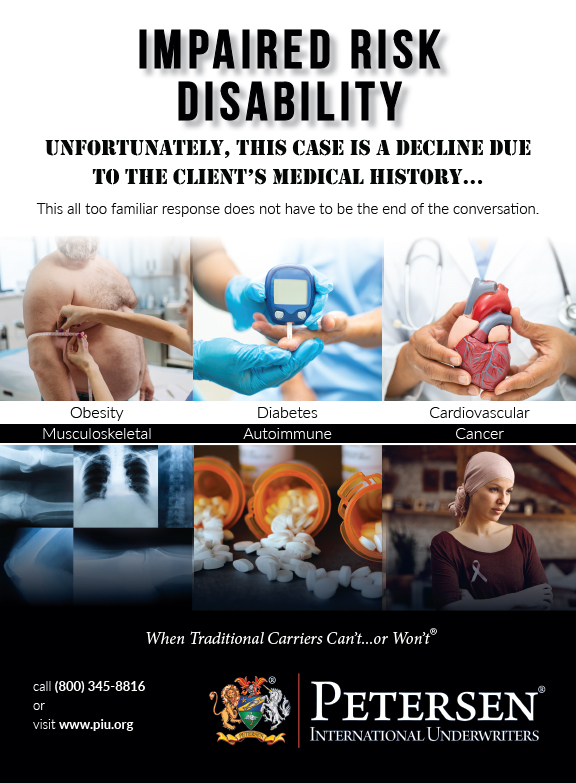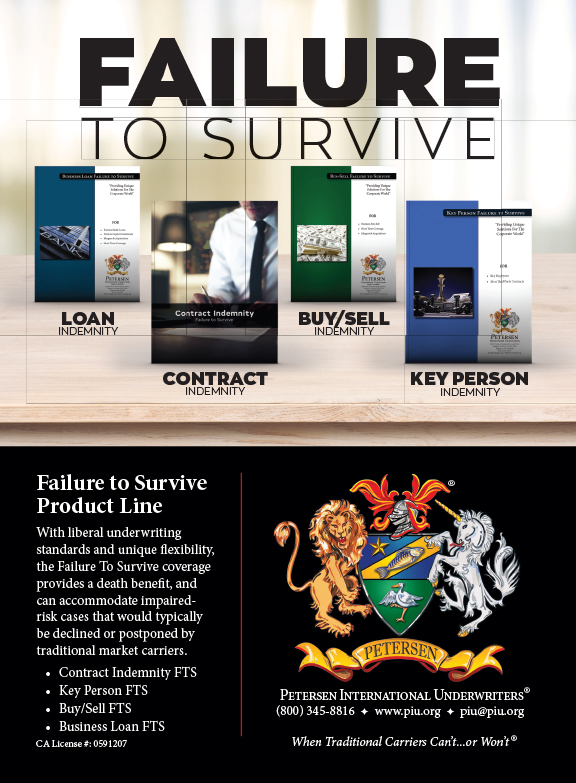Ninety-seven years ago, Solomon Huebner, founder of The American College, taught us that there are two kinds of death: dead death and living death. Either kind of death destroys one’s ability to earn an income, and the financial consequences are the same—earned income ceases. Thus, it must be part of our core values as financial advisors to draw the parallel between life insurance and disability insurance with each and every one of our clients.
The avoidance of selling disability insurance by our profession is obvious when our industry results are reviewed. Today more than 78 percent of Americans have some form of life insurance, while only 27 percent have any type of disability insurance. Although both products are sold as income replacement plans, life insurance has always been the product of choice for most insurance producers. This contentious situation continues to occur even with the knowledge that the odds of needing disability insurance before age 65 are as much as seven and a half times that of needing life insurance.
Reasons for these statistics are many. One fact is that disability insurance typically costs more than life insurance and, therefore, it may be more difficult to sell to clients who are already stressed with tight budgets. Another reason may be that disability insurance appears to be more complex given the many definitions describing the ways in which a person may be considered disabled. With life insurance, there are only so many ways you can say, “Die and we will pay you.”
During the past 64 years that I have been in the disability insurance business, I have found that perhaps the biggest reason insurance producers tend to balk at selling disability insurance is the fact that disability underwriting is usually more difficult and time consuming.
But wait! DI Can Be Simple, Fast and Profitable
The vastly underserved market in our life and health industry is indeed the disability insurance market. Industry surveys have reported that the number one reason consumers have not bought disability insurance is that they have never been asked. Can it be that simple? You bet it can!
Just ask an employer if he would like to provide income protection to his valuable employees and he will probably say that he would really like to, but cannot afford it. Consider posing the following question: “Would you like to help your employees obtain their own income protection without any cost to you? If so, we can put together a plan for them that would be guaranteed issue and provide premium discounts.” I have just described a voluntary, individual, multi-life disability sale. There really would not be any reason for an employer to say no.
If an employer-prospect already provides group long term disability coverage or even sponsors additional individual disability income coverage, the benefits may very likely be inadequate for certain employees and supplemental coverage may be needed. The approach of layering plans to achieve 65 percent of income replacement is not only useful but necessary for higher income employees. The insureds will benefit from the option to obtain a customized plan as opposed to a one-size-fits-all solution offered to all employees. It is important for you to translate this to employers or human resources personnel, as they will probably dismiss the solicitation, stating that they already have disability insurance.
Scanning one’s files for potential multi-life DI cases is a simple and usually rewarding project. Your clients will realize that you do indeed think about their interests, further solidifying their belief in you and your service, not simply as a producer, but also as an advisor who holds the interests of clients as a sacred trust.
Multi-life underwriting will provide simple and fast underwriting for those who participate. By offering individual ownership, the policies are completely portable and can remain with the insureds wherever their working careers take them.
Guaranteed issue programs are readily available from many of the top disability insurance carriers, and the employees will certainly benefit from “happy underwriting,” without the concerns of rejection or modification. Premium discounts are attractive values of these collective underwriting programs.
These advantages pave the way for you, the producer, to leverage the values of employee groups, either on a mandatory plan or on a voluntary plan. Modern purveyors of disability insurance can perform as financial architects and use great new modern tools to build a plan capable of handling nearly every personal and business need.
Disability financial planning for multi-life is a gold mine waiting for those insurance professionals willing to go beyond the individual sale!






